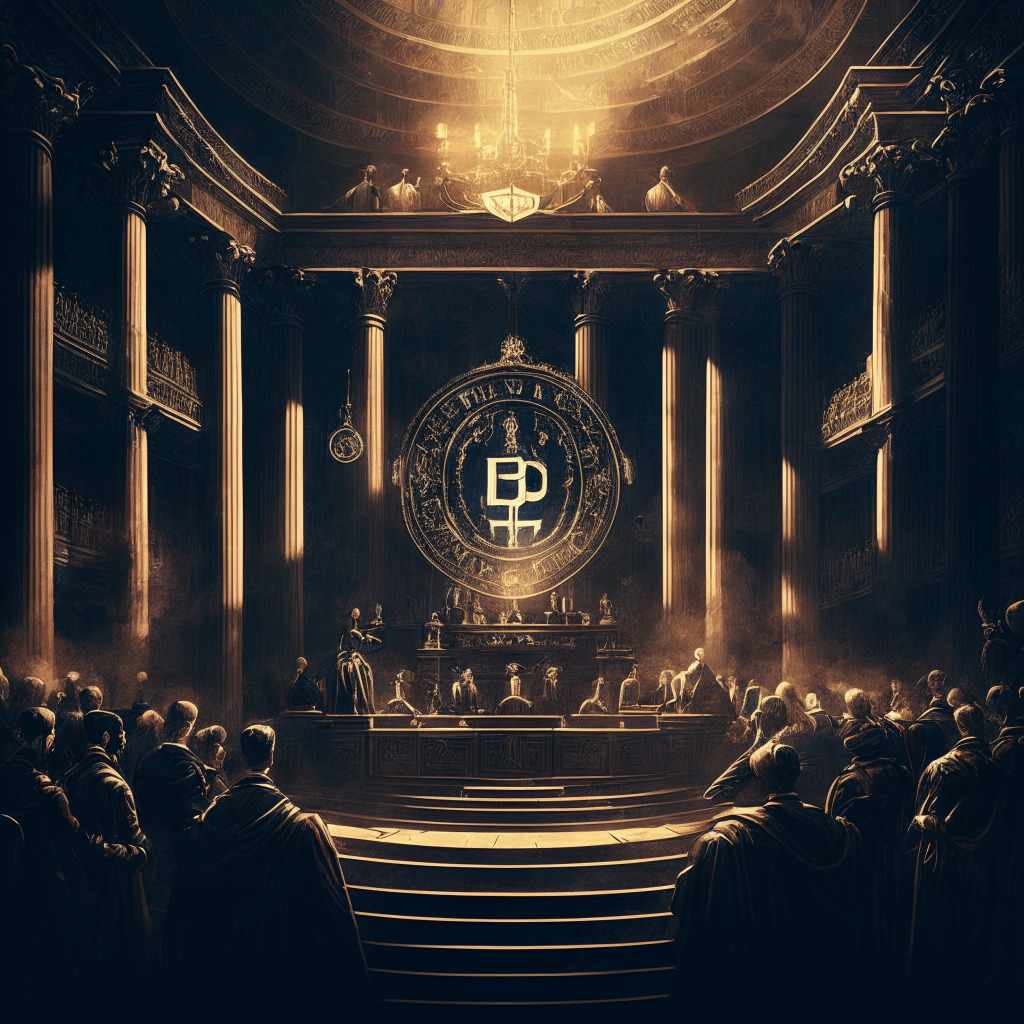The popular cryptocurrency exchange FTX recently outlined its bankruptcy exit plan to a committee of unsecured creditors, which was met with dissatisfaction and disbelief from the committee members. They argue that the plan not only adds unnecessary costs and delays to an already complicated bankruptcy process, but it also lacks consideration of their input and concerns.
The exchange’s Official Committee of Unsecured Creditors (UCC) claimed that despite several requests, they had no interaction with the FTX restructuring team to discuss the draft Chapter 11 plan. This plan aims to reorganize the exchange’s financial affairs under the protection of a bankruptcy court and resume its operations as an offshore exchange. The UCC, however, has contended it will present its own plan for FTX customers to vote on, should it continue being overlooked.
The committee takes specific issue with the timing of the plan’s filing, which they say projects an illusion of advancement. They underscore that the plan mainly neglects their suggestions raised during discussions. There are also concerns about the absence of an appointee with relevant crypto experience to manage the potential revival of FTX.
The committee suggests that the plan must establish a regulatory-compliant recovery token. It should also allocate worth to the clients most significantly impacted by FTX’s collapse, to secure the backing from the millions of customers and creditors essential to affirm the plan. The committee argues that the current proposal, if unchanged, would only further increase costs and delays. If their concerns remain unaddressed, they vow to advance their own plan, one they believe customers and creditors would actually endorse.
While it’s true the restructuring team signaled its readiness to modify the proposed plan based on UCC’s recommendations, this isn’t enough. A willingness from FTX’s side to actively engage, consider and counterbalance the interests of everyone involved, especially those with a comprehensive understanding of the crypto market, is pivotal to this process.
Without a doubt, multiple layers of complexity surround this case. It indicates the teething problems involved with blending new technology such as cryptocurrency with traditional legal and regulatory frameworks. The dissatisfaction voiced by FTX’s creditors points to the need for clearer guidelines and regulations within the cryptocurrency market. However, striking the right balance between protecting investors and not stifling innovation is a task easier said than done. It’s to be hoped that this particular case can serve as a catalyst for more nuanced and constructive discussions around crypto regulations in the future.
Source: Cointelegraph




